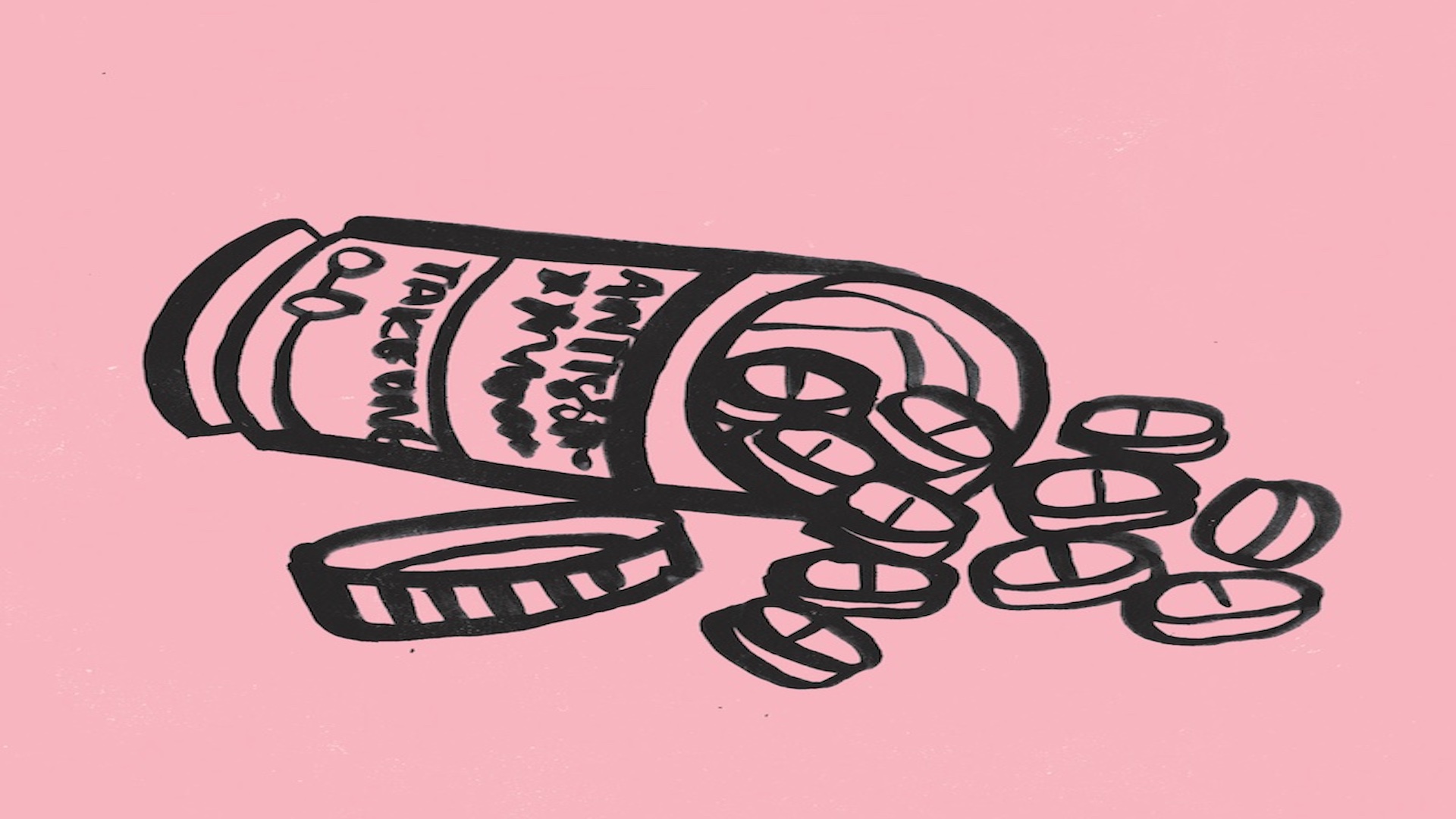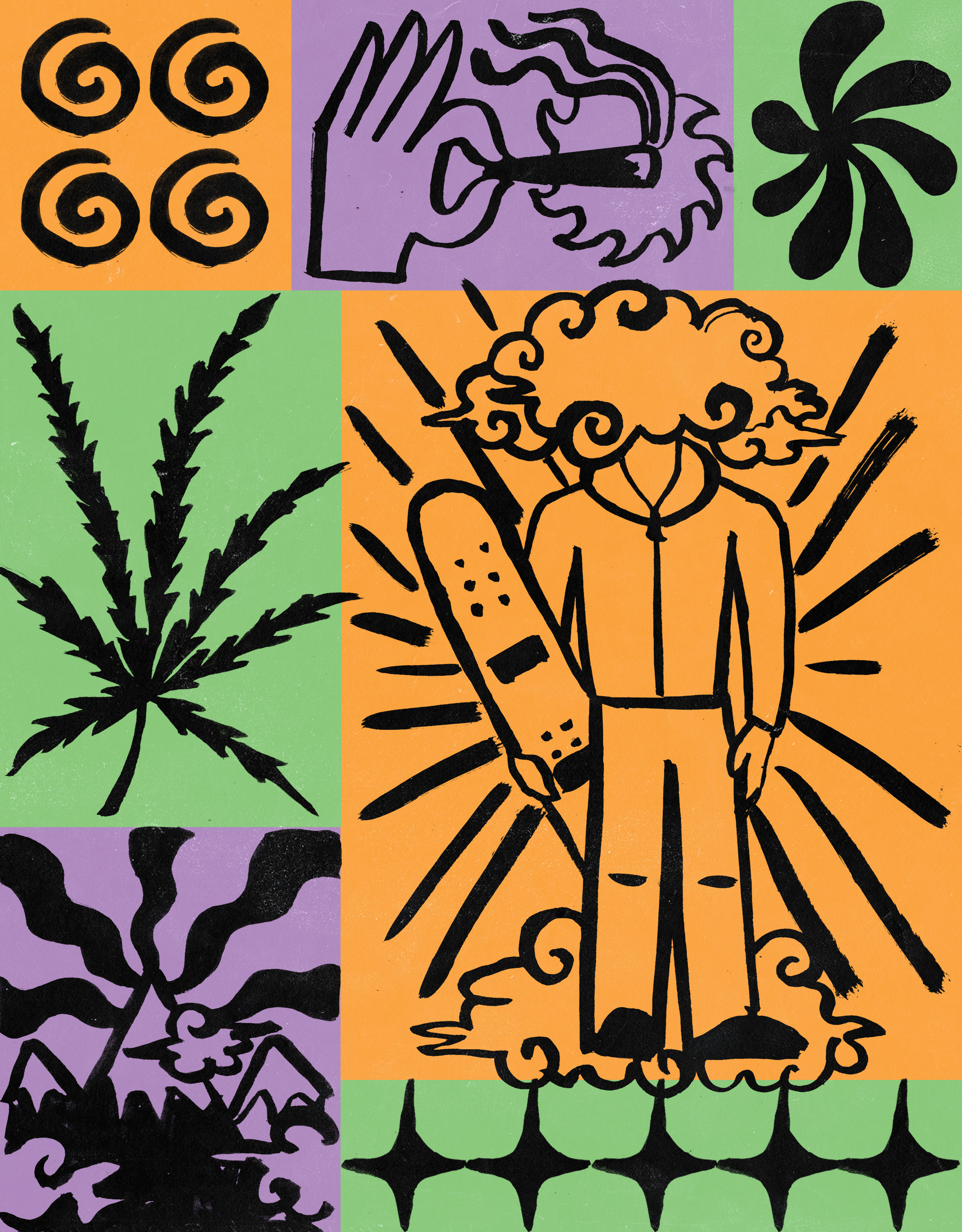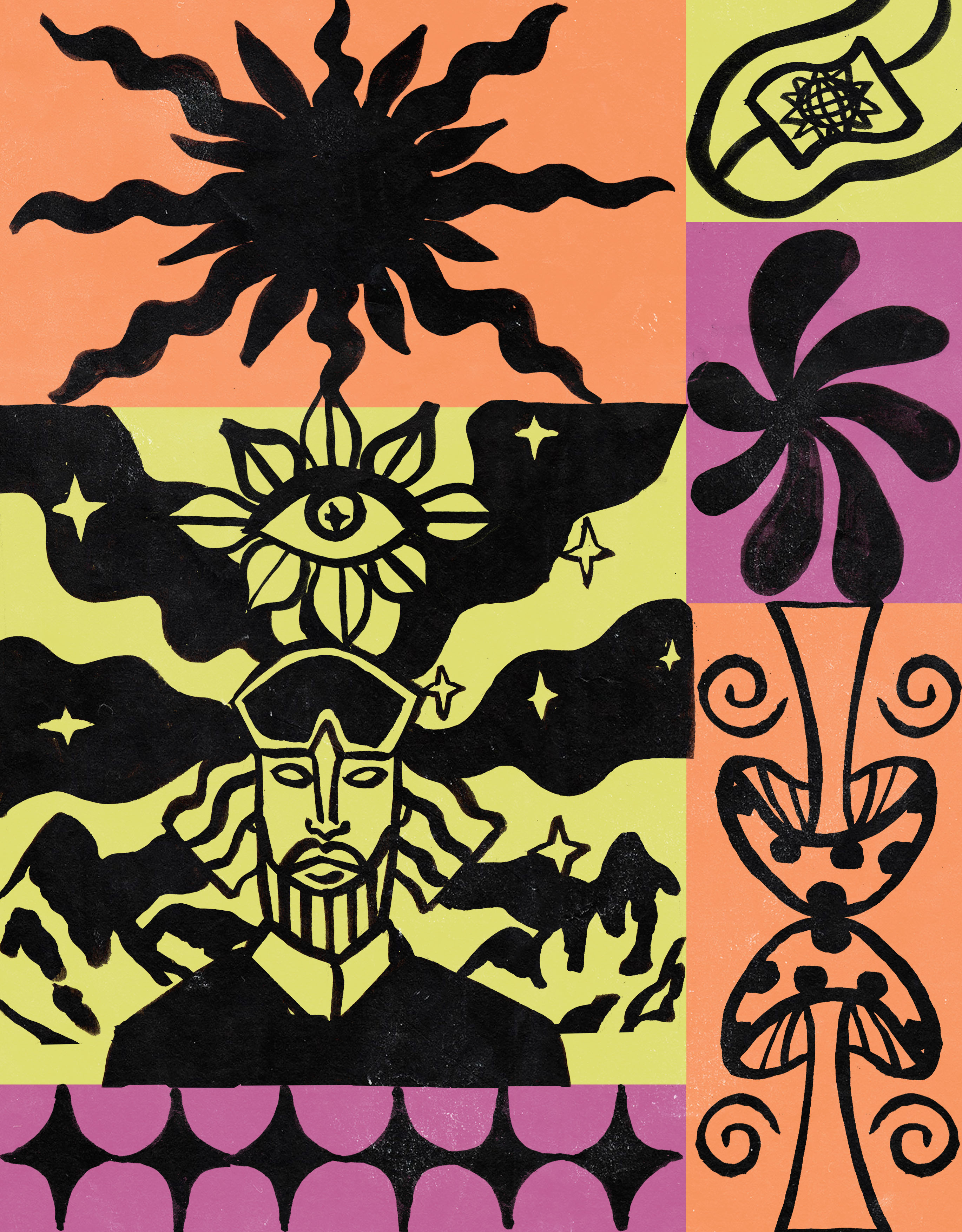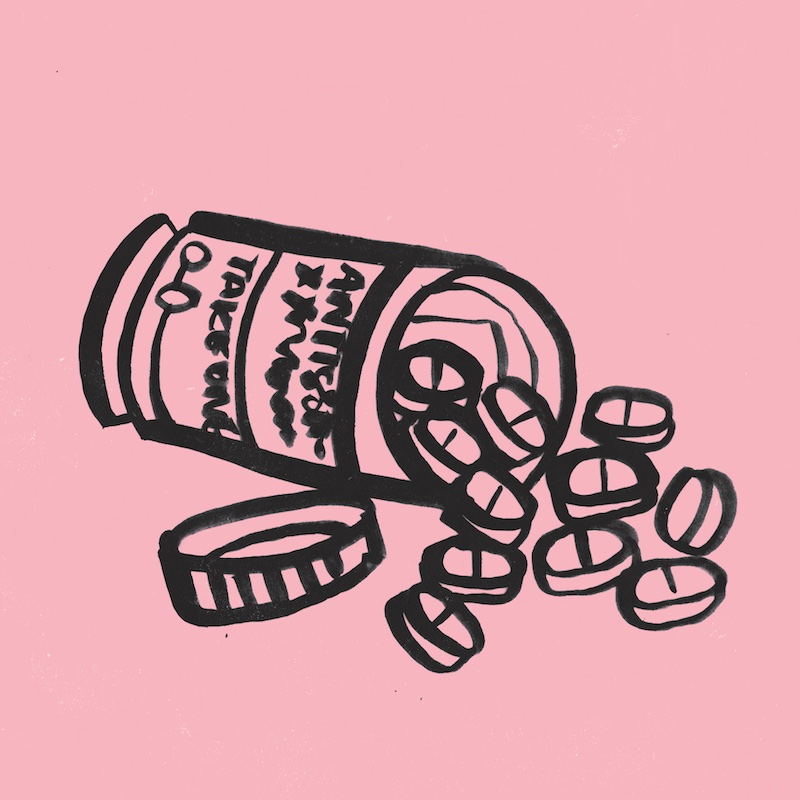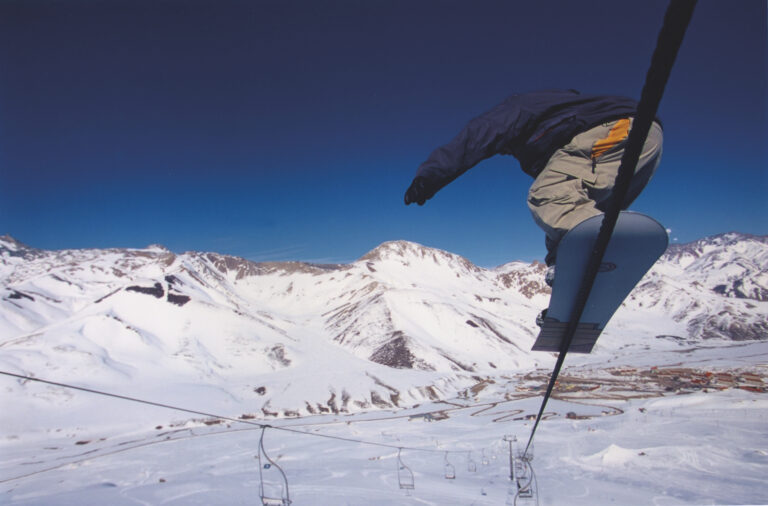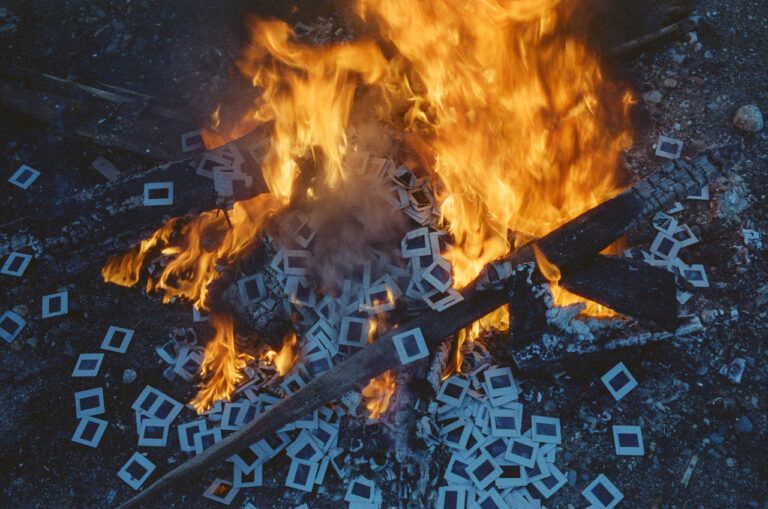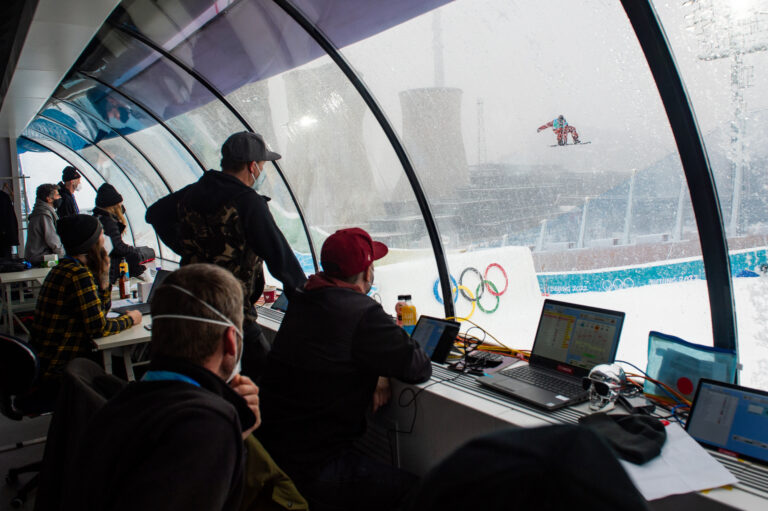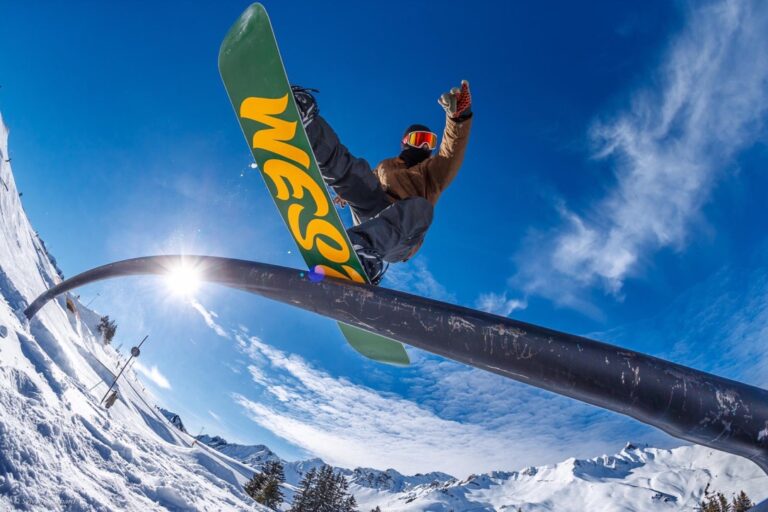Words: Ed Leigh
Illustrations: Clara Jonas
This is in no way a definitive history of snowboarding’s relationship with drugs. How could it possibly be? Action sports have long been regarded as permissive environments where freedom of expression and creativity are championed. This attitude, together with their status as part of the late 20th century counter culture, means it’s fair to say that drug use in surfing, skateboarding and snowboarding has been as widespread as it has diverse.
“In its short history, snowboarding has winced at the tragedy, marvelled at the beauty and embraced the chaos of the entire spectrum of narcotics”
Surfing set the tone, and its experimental relationship with substances is the stuff of literary folklore. As far back as the late 1950s and early 60s, the unconventional and indulgent lifestyle of surfers who ditched the nine-to-five and headed (literally and metaphorically) to the fringes marked a challenge to America’s postwar conformism. In his biography Mr Sunset, Jeff Hackman famously recounted numerous barely survivable tales, including his own recipe for speedballs – a mix of heroin and speed wrapped in a Rizla and shoved up his ass. More cerebral was William Finnegan’s description of gliding through gigantic perfection at Honolua Bay whilst high on acid, in his glorious autobiography Barbarian Days. Meanwhile, Sean Doherty’s MP: the Life of Michael Peterson chronicles Australian surfing’s destructive heroin epidemic of the 1970s, which masked the spiral into schizophrenia of one of its most legendary talents.
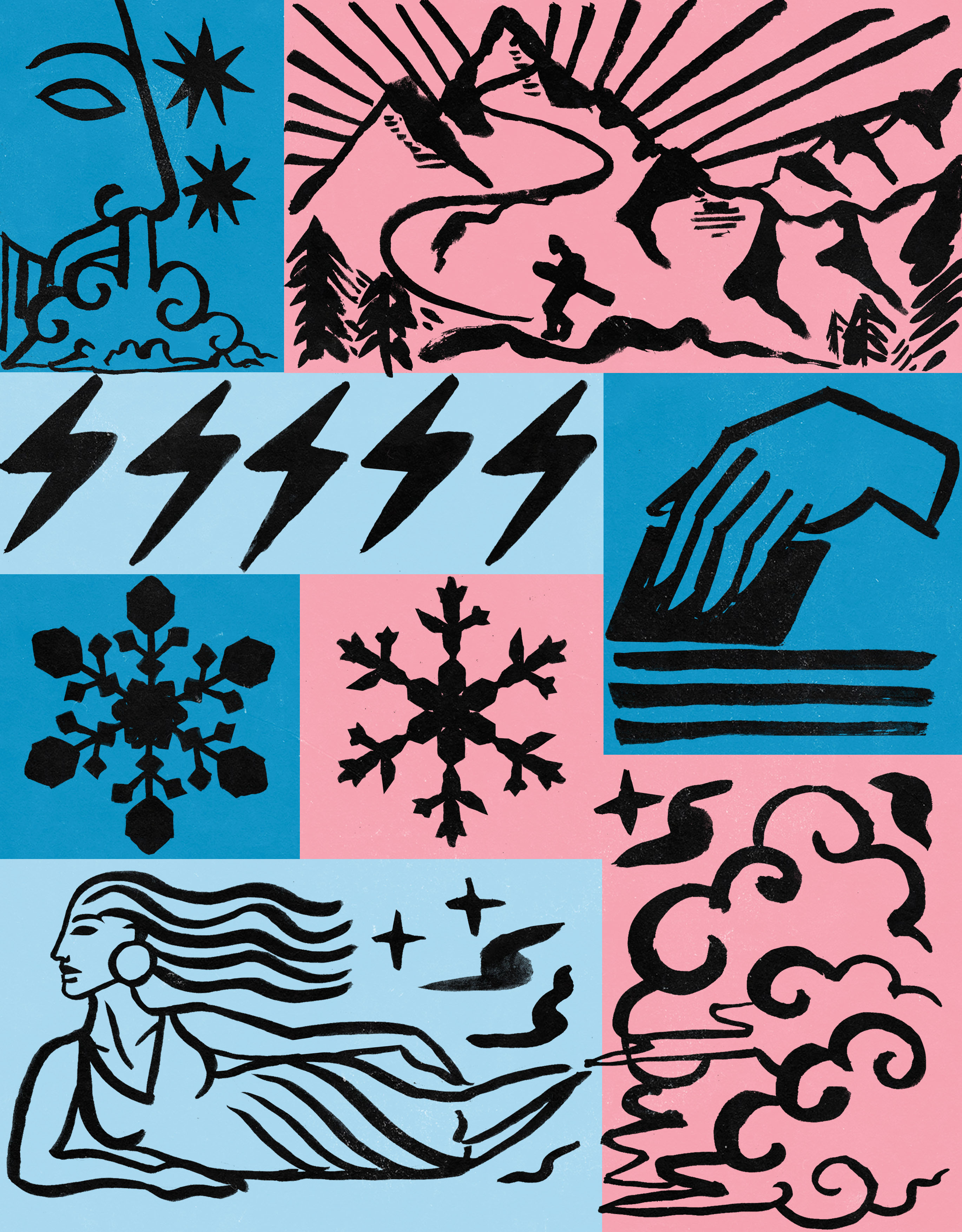
Cut to the 80s and skateboarding raised the bar with a ‘fuck you’ attitude that offered an alternative to capitalist excess – and in some cases, enlightenment. But for every glorified tale of debauchery, there were at least two tragic stories of addiction and trafficking. Christian Hosoi, Andrew Reynolds, Elisa Steamer, Jeff Grosso and Gino Iannucci are just some of the biggest names in the game who – with varying degrees of success – battled meth, cocaine, booze, heroin and crack.
And then came snowboarding. More affluent than surfing or skateboarding, and with just as much down time, it has – in its short history – winced at the tragedy, marvelled at the beauty and embraced the chaos of the entire spectrum of narcotics.

